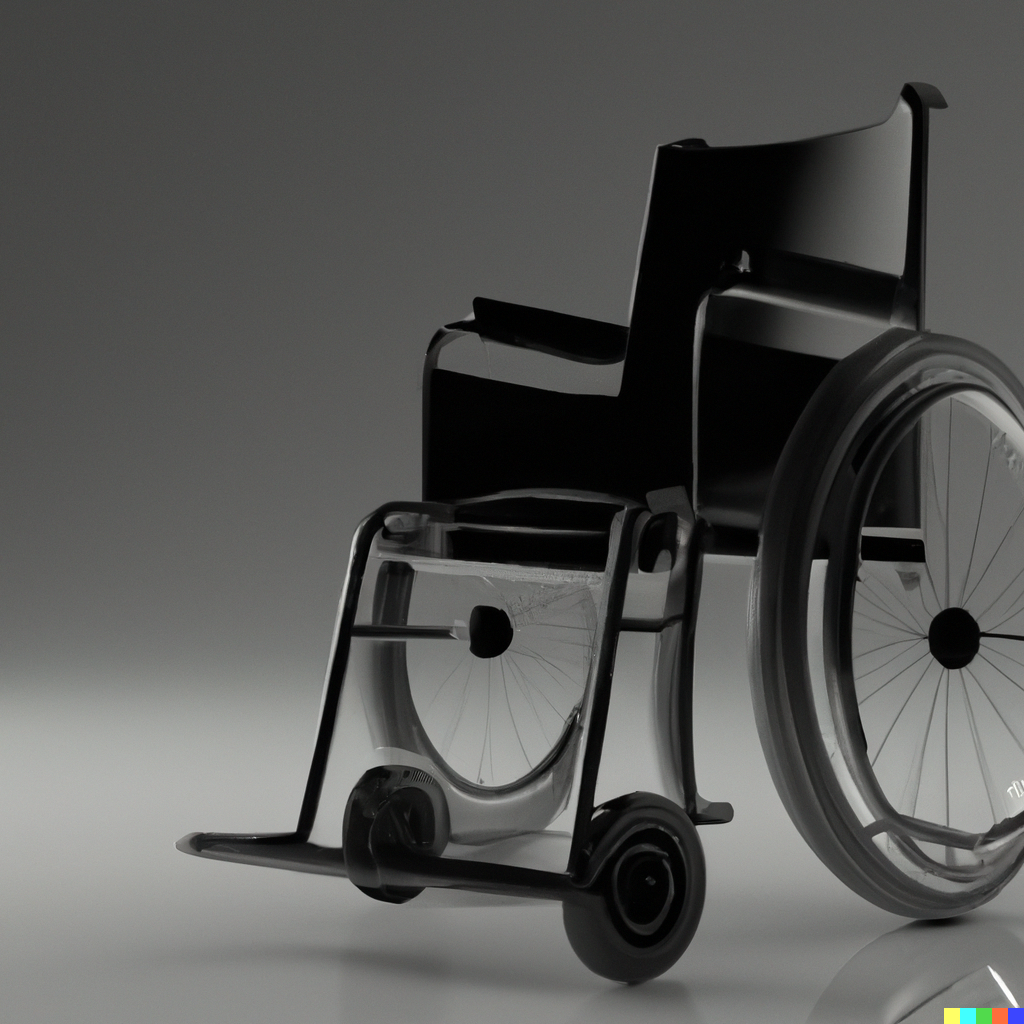May 07 | Assistive Technology

In today's rapidly evolving technological landscape, one of the most exciting advancements is the development of Assistive Technology (AT). AT refers to devices, tools, software, or equipment designed to help individuals with disabilities perform tasks that might otherwise be challenging or impossible. From enhancing communication to facilitating independent living and improving access to education and employment opportunities, AT has the power to transform lives and break down barriers. In this article, we'll delve into the world of Assistive Technology, exploring its types, benefits, and impact on individuals and society.
Understanding Assistive Technology: Assistive Technology encompasses a wide range of tools and devices tailored to meet the diverse needs of people with disabilities. These technologies can be categorized into various types, including:
Communication Aids: Communication aids such as text-to-speech software, speech-generating devices, and alternative and augmentative communication (AAC) tools help individuals with speech impairments or communication disorders express themselves effectively.
Mobility Aids: Mobility aids like wheelchairs, walkers, and mobility scooters empower individuals with mobility impairments to navigate their environment with greater ease and independence.
Vision Aids: Vision aids include screen readers, magnifiers, braille displays, and optical character recognition (OCR) software, enabling people with visual impairments to access digital content, read printed materials, and navigate the web.
Hearing Aids and Assistive Listening Devices: Hearing aids, cochlear implants, and assistive listening devices amplify sound and improve auditory perception for individuals with hearing loss, enhancing their communication and participation in various settings.
Cognitive Aids: Cognitive aids such as reminder apps, task management software, and organization tools assist individuals with cognitive disabilities in managing their daily activities, schedules, and responsibilities.
Adaptive Computer Hardware and Software: Adaptive computer hardware and software, including ergonomic keyboards, specialized mice, switch devices, and screen magnification software, make computing accessible to individuals with physical disabilities or limited dexterity.
Benefits of Assistive Technology: The adoption of Assistive Technology offers a myriad of benefits for individuals with disabilities, as well as for society as a whole:
Enhanced Independence: AT empowers individuals with disabilities to perform tasks independently, fostering self-confidence and autonomy in daily activities such as communication, mobility, and self-care.
Improved Quality of Life: By providing access to essential services, educational resources, employment opportunities, and social interactions, AT enhances the overall quality of life for people with disabilities, enabling them to participate more fully in society.
Equal Opportunities: Assistive Technology helps level the playing field by removing barriers to education, employment, and social participation, promoting inclusivity and equal opportunities for people with disabilities.
Increased Productivity and Efficiency: AT tools streamline tasks, improve workflow, and boost productivity for individuals with disabilities, enabling them to achieve their goals more efficiently and effectively.
Facilitated Learning: In educational settings, AT supports students with disabilities in accessing curriculum materials, participating in classroom activities, and demonstrating their knowledge and abilities, thereby promoting inclusive education and academic success.
Economic Empowerment: By enabling individuals with disabilities to pursue education, gainful employment, and entrepreneurial opportunities, AT contributes to their economic empowerment and financial independence.
Impact on Individuals and Society: The widespread adoption of Assistive Technology has a profound impact on individuals, communities, and society at large:
Empowerment and Self-Advocacy: AT empowers individuals with disabilities to advocate for their needs, assert their rights, and actively participate in decision-making processes that affect their lives.
Social Inclusion and Diversity: AT promotes social inclusion by fostering diverse and inclusive communities where people of all abilities can contribute their talents, perspectives, and experiences.
Innovation and Accessibility: The development of AT drives innovation in technology, design, and accessibility, leading to the creation of more inclusive products, services, and environments for everyone.
Legislative and Policy Changes: The growing recognition of the importance of Assistive Technology has led to legislative and policy changes aimed at promoting its availability, affordability, and accessibility for people with disabilities.
Awareness and Advocacy: AT raises awareness about the needs and rights of people with disabilities, sparking conversations, initiatives, and advocacy efforts to address barriers, discrimination, and inequality.
Conclusion: Assistive Technology holds immense promise as a transformative force for individuals with disabilities, offering them greater independence, inclusion, and opportunities for personal and professional fulfillment. As we continue to embrace technological advancements and prioritize accessibility and inclusivity, let us ensure that Assistive Technology remains accessible, affordable, and tailored to meet the diverse needs of all individuals, regardless of their abilities. Together, let us build a more inclusive and equitable world where everyone can thrive and contribute their unique talents and gifts.
SHARE THIS:
© Copyright 2025Global Tech AwardsAll Rights Reserved